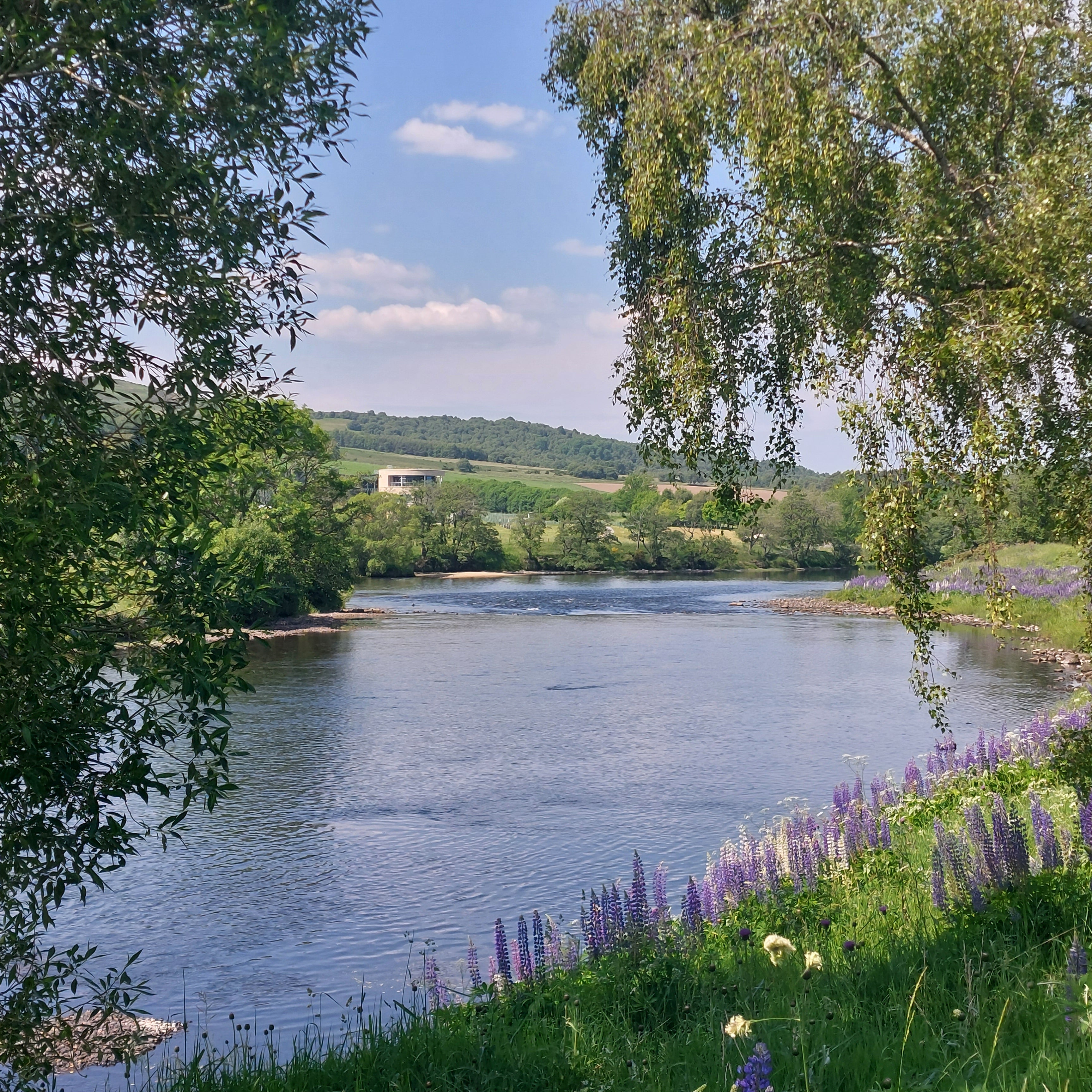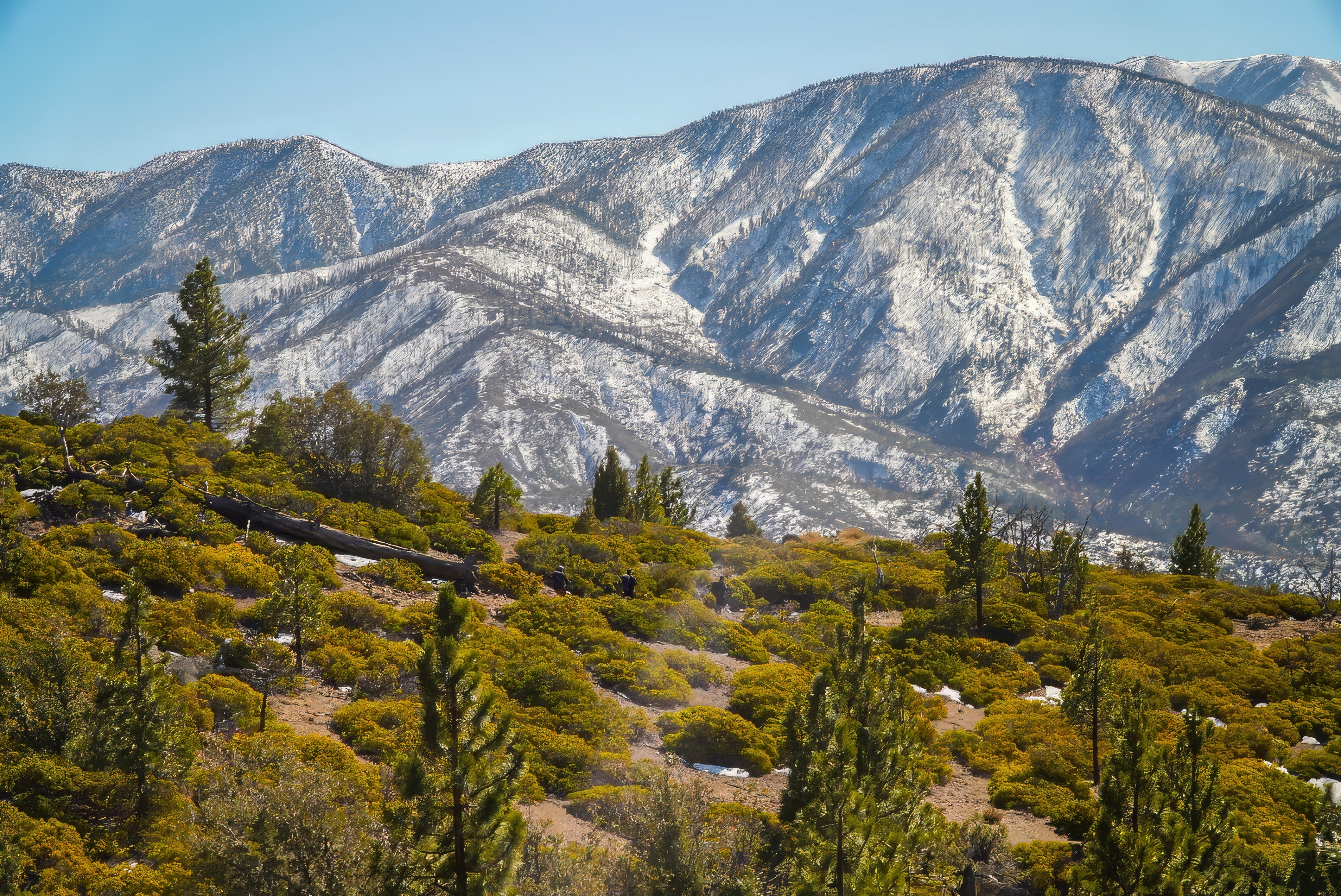The Kii Peninsula of Japan’s Wakayama Province contains some of the country’s most remote terrain, home to endless mountain ranges, deep cedar forests, wild bears, and some excellent trekking. It’s here that you’ll find the Kumano Kodo, a series of ancient long-distance walking routes that have been in use for over 1000 years. The area is considered so captivating that UNESCO awarded the entire region as a World Heritage Site for its Sacred Sites and Pilgrimage Routes, and today the Kumano Kodo is linked as a sister pilgrimage to Spain’s famed Camino de Santiago, with certificates of dual pilgrimage being awarded to those who complete both routes.

My wife (fellow Six Moons Ambassador Raquel Mogado) and I set out to walk the Nakahechi, a 70-kilometer path between the three grand shrines of the Kumano, and then follow the steep trails of the Kohechi and Choishimichi Kumano routes up to Koyasan, a stunning temple complex on top of a mountain plateau. First walked in the 10th century, the Kumano Kodo provided early Shugendo religion practitioners with ample opportunities for communing with wild nature, and since that time, pilgrims ranging from peasants to emperors have undertaken the journey through one of Japan’s most mystical spots.
We started our journey in Takajiri, where the Takajirioji Togo Shinto shrine and its traditional torii gate mark the entrance to the Kumano Kodo. There are countless shrines and holy spots along the route which have small altars containing stamp pads, where pilgrims and trekkers can ink their camino “passports” as proof of their journey, as well as pause to reflect on the travails the early pilgrims undertook through this remote region. While the Nakahechi gets busy with trekkers in the spring and fall, we’d opted for a winter sojourn, and we pretty much had the trail all to ourselves. While Japan winters can be severe, the ranges through the Kii Peninsula stay below 1000 meters and temperatures are relatively mild.

The hiking was immediately steep, with ascents over gnarled roots and straight up the sides of mountains. Throughout the forest, we’d come across jizo, small stone statues that are considered the protector guardians of both travelers and children. Often clad in red knit caps or bibs (red is believed to ward off evil in Japan), the jizo and small shrines marking important historical waypoints of the ancient pilgrims were the only sign of human intrusion here, otherwise, the forests were dense, dark, mysterious, and when we saw the “Beware of Bears” signs, often foreboding.

We covered fifteen tough kilometers the first day, not even a half of what we’d normally do on the Pacific Crest Trail or elsewhere, but the terrain here was much harder, the trails not as groomed, and with plenty of ups and downs. Yet the rewards for each day’s endeavors were fabulous. While much of rural Japan is in a state of decline, with young people moving to the cities and a vastly aging population, the tiny hamlets along the Kumano Kodo see enough trekkers throughout the year to ensure that traditional inns and a handful of shops and eateries can keep the villages alive, and with accommodation and food available within a day’s walk, we didn’t have to carry our tent or camping equipment.
My pack of choice for treks of either shorter duration or those not needing camping gear has become my Six Moons Wy’East pack. Made out of rugged and durable nylon Robic, the 30 liter pack only weighs 25 ounces and yet can easily handle a several-day load that includes food.It’s got a comfy EVA back panel, a loop and cord lock for attaching an ice axe and umbrella, and I’ve even used it for shorter camping trips as I can stuff my tent in the large outer front pocket. Ideally though, it’s perfect for hut to hut trekking, long day hikes and climbs, as well as being an all purpose perfect travel bag, as it fits in carry-on bins on airplanes as well as train station lockers.
In addition to having uber-comfortable traditional ryokan, minshuku, and even temple lodgings along the trail, as well as superb Japanese food, this part of Wakayama is the site of abundant natural hot springs. The small hot spring town of Yunomine Onsen features the oldest hot spring in Japan, a cave-like bath for two people called Tsuboyu, which is the only UNESCO-awarded hot spring in the world, and a further 30-minute hike from here brought us to Kawayu Onsen, where the pristine Oto River boasts a section of boiling pools that turn the entire river hot, the perfect spot to soothe our sore quads while gazing out at the scenic natural surroundings.

The Kumano Kodo is a fantastic mix of natural scenery, culture, and the spiritual. From Yunomine Onsen we climbed back over a mountain ridge and had views down to Oyunohara, a traditional torii gate, which at over 100 feet is the tallest gate in Japan and the world. The same afternoon we climbed the steps at Kumano Hongu Taisha, one of the three grand shrines along the trail, where the beautiful forest pavilions feature roofs made of cypress bark and utilize almost no nails in their construction.

A day later, we powered up a 2500 foot climb to a viewpoint known as the “3600 peaks of the Kumano Kodo,” due to the vista of the endless mountains across the Kii Peninsula seen from this vantage point. It had rained the entire way up, but we got a break in the clouds as we hit the top, with fabulous views of the clouds and mist floating through the valleys below.
Further on, there was a section full of roots and moss-covered stones that climbed seemingly forever. Appropriately named Dogiri Zaka, this translates to “Body Breaking Slope,” and indeed, we were dreaming about another hot soak by the time we reached the top, from where we could see the Pacific Ocean shimmering far below. Noted Japanese poet Fujiwara Teika trekked here in 1201, and his diary entry from this bit of trail read, “This route is very rough and difficult; it is impossible to describe precisely how tough it is.” I chuckled to note that nothing had changed in over 800 years.

Whichever route you do on the Kumano Kodo, make sure to leave some time for Koyasan. Founded in 816 AD by revered monk Kobo Daishi, Koyasan was a place for Shingon Buddhist practitioners to escape the busy world below. Temples today still are active, and some now serve as atmospheric lodgings and retreats, with visitors invited to take part in meditation, chanting, and other temple-life staples. For us, Koyasan was the end of our walking journey, and a stroll through the moss-covered Okunoin Cemetery forest paths revealed some of the most magical scenery of our trip.


The thousands of ancient tombs, jizos, and memorials are blanketed by moss, nestled under tall stately cedars. The forest here is so calm, serene, and visually stunning, like something out of a Lord of the Rings fantasy.
It was easy to see why Kobo Daishi chose this enchanting spot as a spiritual escape in nature, and we felt proud, as modern-day pilgrims, to be carrying on the walking traditions of old, seeing a slice of Japan that most visitors never will. While the popularity of wilderness trails may make for less of a wilderness experience, at the same time it is wonderful to see plenty of distance hikers today choosing to do timeless pilgrimage routes such as the Camino de Santiago and Kumano Kodo, passing on the torch of adventure, exercise, and awe.












Leave a comment
This site is protected by hCaptcha and the hCaptcha Privacy Policy and Terms of Service apply.